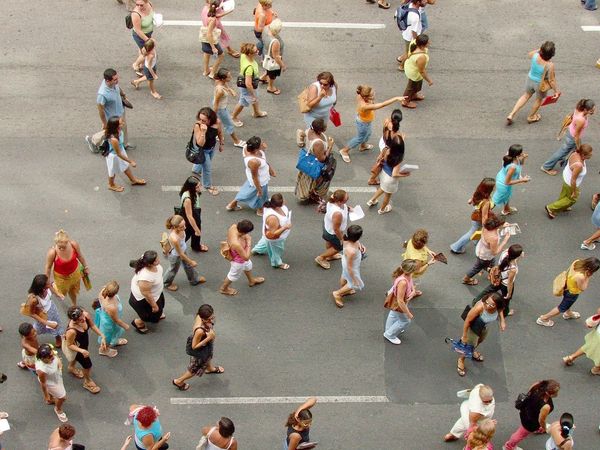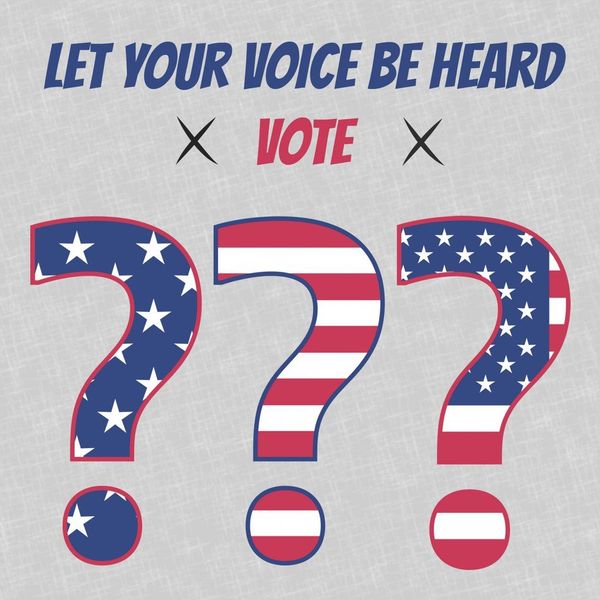Blackface is a very touchy subject, and for a good reason. I like to rant and rave daily about the ridiculousness of modern fake outrage culture, but I understand why blackface is a difficult subject. Blackface is historically only rooted in racism. It isn't a subject that can be looked at from multiple angles, as far as looking at it from the 19th century to early Disney cartoons. In the past, blackface has only been used as a dramatic caricature of black people and black culture. It painted black people as goofy exaggerated half-humans. But does the history of blackface mean that it can't be reclaimed and used artistically without a racist connotation?
Either way, blackface is being reclaimed (and it's mainly by black people; especially rappers).
There have been small instances of blackface popping up since it was officially declared unseemly, around 1960; but only recently has blackface been used by black artists as an artistic embellishment. This new style of blackface is oddly empowering and has been used in different ways.
Let's take two examples that use a lot of the same base material, but integrate blackface from varied perspectives.
In the summer of 2017, Jay-Z released the album "4:44". The song "The Story of O.J." was the biggest single from "4:44"; ringing out as an anthem of black identity and the internal struggle of dealing with your own "blackness". The music video for "The Story of O.J." is stylized as a beautiful old-timey black-and-white cartoon. The cartoon style looks very similar to the "Little Black Sambo" cartoon from 1935. In the video, there is a cartoon version of Jay-Z, complete with gigantic lips, and elongated head, and exaggerated white eyes.
Jay-Z used blackface for "The Story of O.J." knowing it would cause a stir, but he did it for an important reason. One of the most impactful lyrics from the song is, "I'm not black, I'm O.J./ Okay" This is a reference to the real quote said by O.J. Simpson during his 1995 murder trial. When O.J. said that line, it helped to solidify some of the black identity struggles that are still plaguing the black community today. Jay-Z used that message to try and parse out these struggles, and the use of blackface put a spotlight on some of the internal conflicts black people face when examining what "amount" of black they are, and how that blackness fits into modern society.
Jump forward from the release of "4:44" to the present, and we have a new example of blackface being used for the diss track "The Story of Adidon" by Pusha T. The reason why I compare these two songs is because Pusha T sampled parts of "The Story of O.J." in his diss track to make a song that calls out the black identity of fellow rapper Drake. Also, the cover art for "The Story of Adidon" is a picture of Drake in blackface, and obvious jab by Pusha T.
Unlike the source material that "The Story of Adidon" pulls from, the song is more about checking Drake on what Pusha T sees as stereotypical "bad" black behavior. "The Story of Adidon" is less about struggling with black identity, and more about Pusha T seeing Drake as a deadbeat father and a general jerk. That's why Pusha T uses the picture of Drake in blackface, to show him as the worst aspect of black male culture.
Taking all of this into account, I wonder if this resurgence of blackface is really as offensive as some people make it out to be. Like I said above, there is obviously no excuse for using blackface in the way that it was once used. The history of it has no positive light to it. But this reclaiming of blackface could be a right step in the direction of eradicating all of the previous connotations it had. The way that Jay-Z and Pusha T are using blackface are really great artistic statements. Could it be possible that blackface could continue being used in a way that allows the viewing of it, recreates it, but still maintains the fact that its' historical context is abhorrent?



















